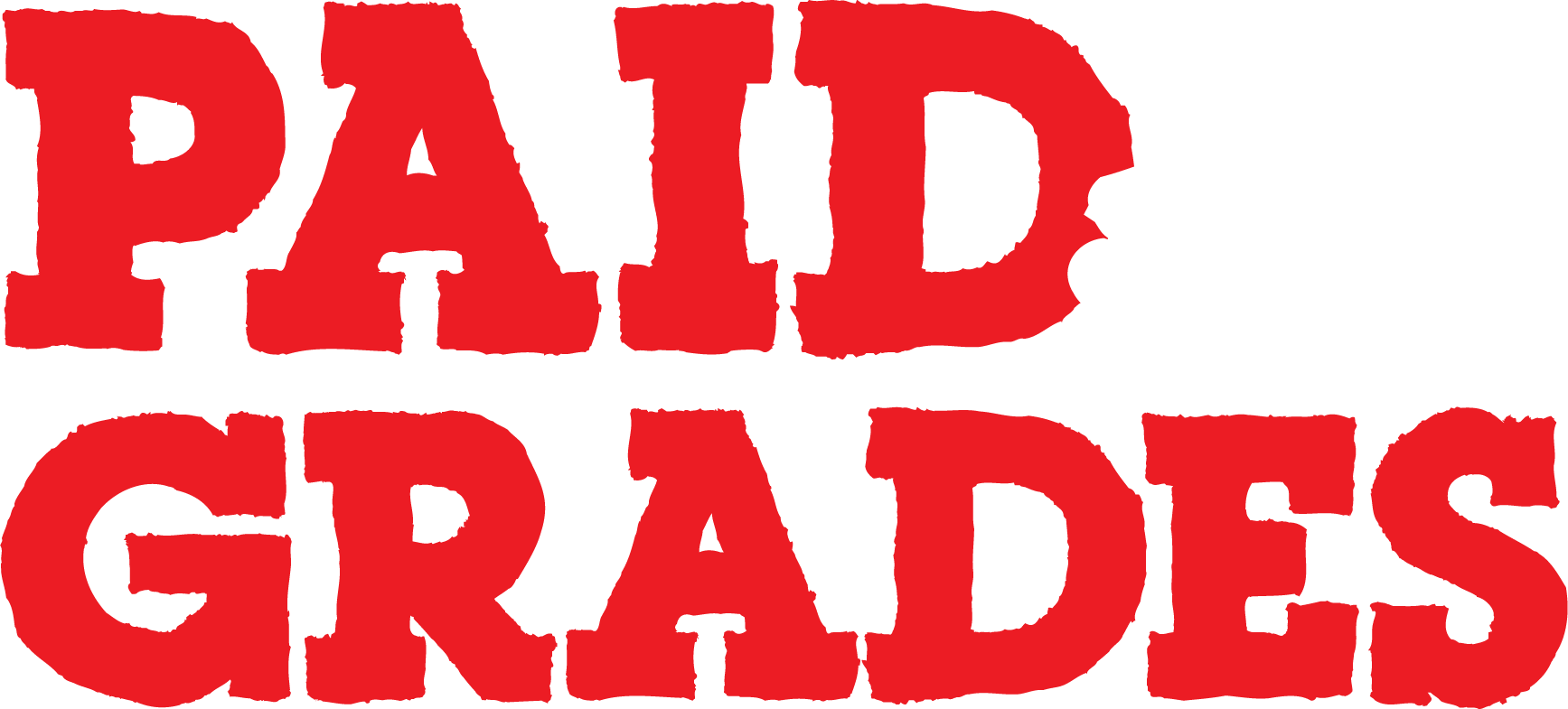In a previous post, we touched on the ways in which teachers can empower students to assume greater agency in the classroom.
We proposed that students should be involved in establishing the classroom rules, ethos, and expectations each season. This effort is intended to facilitate classroom ethics, values, and set the stage for meaningful discussions.
There is substantial data supporting the concept of increased student agency in the classroom, particularly with regard to behavior, interaction, and retention. But, after you and your students have established this system, how should it be implemented for the long term?
The Conversation Grid
There are actually dozens of methods for democratizing a classroom, but one idea we found particularly appealing provides a visual grid that organizes the structures decided by students. When this grid is clearly visible to the class, it becomes a reference point for students to use when negotiating systems.
To mark this point, the grid should look something like this:
| Prompt | Student | Partner | Group | Class |
| Who is allowed to talk, and when? | Raising hands to ask a question or make a response. Also, students can speak softly with partners and groups, so long as a lesson is not in progress. | Students may speak softly with their partners during projects, so long as a lesson is not in progress. Partners may ask questions of the teacher with a raised hand. | Students may speak softly with their groups during projects, or group exercises. Students may also elect a group speaker to ask questions with a raised hand. | Only individuals with raised hands can ask questions in a class discussion, otherwise no one will hear each other’s comments. |
| Can students throw an idea out to the group? | One at a time. | One at a time. | One at a time. | Only one student at a time can throw something out. |
| Can students turn things in? | One at a time. | One at a time. | One at a time. | Only one student at a time can turn assignments in. |
| Can students go to the restroom? | With a raised hand, and one at a time. | Only one at a time. | With a raised hand, and one at a time. | Only one student at a time can leave class to use the restroom. |
How to Work With the Grid
To use the conversation grid, the first day of class should be about discussing and establishing student norms. How students should interact with their parents, teachers, and peers. Teachers can mark these down on the board as a visual representation of the expected communication types.
Once those norms have been linked and marked down, the next step is to choose which norms seem most appropriate in the classroom. They should also choose which are the preferred communication methods according to the students’ discussed values.
From here, you can begin to establish and codify classroom procedures according to those norms that students are most familiar and comfortable with. Habits from hand raising to bathroom breaks can be codified into the grid in a way that makes students feel like they have a stake in the decisions that affect them.
To break this down, let’s look at an example process:
Step #1: Compiling Notes
Have your students write down a few of the questions to which they would most like the answers regarding class procedures. Like in the grid above, for instance, address when can they go to the bathroom, when can they talk, when they can leave their seats for materials, etc. Once everyone has finished, dump the notes in a hat or bucket and mix them up.
Step #2: Sorting Notes
Drawing from the pile, sort the notes that ask the same (or similar) questions and place them in a pile. Next, draw a visual representation (thought bubbles or some other idea map) on the board for everyone to see.
Step #3: Identifying Priorities
As a class, identify and highlight those questions that were featured most often as class priorities.
Step #4: Establish Procedures
After negotiating priorities together, lay out your priorities in a line on the board, from which you can start your grid.
Step #5: Build the Grid Together
As a whole class, write in your elected priorities as procedures in descending order, according to individual students, partners, and study groups. Once finished, make a printout of the grid to hand out to each student, and ask them to place them somewhere they can reference it during class.
The Value of the Conversation Grid
The discussion grid is an excellent and low-impact way to encourage your students to assume greater agency and responsibility for their behavior in the classroom, without laying down arbitrary rulesets.
Remember: the point is to keep kids engaged and focused. The conversation grid accomplishes this, while also fostering accountability in a way that uplifts students.
By giving students a sense of agency in setting the norms, they will be much more likely to abide by those norms. And, most critically, students will feel respected and recognized as individuals.
